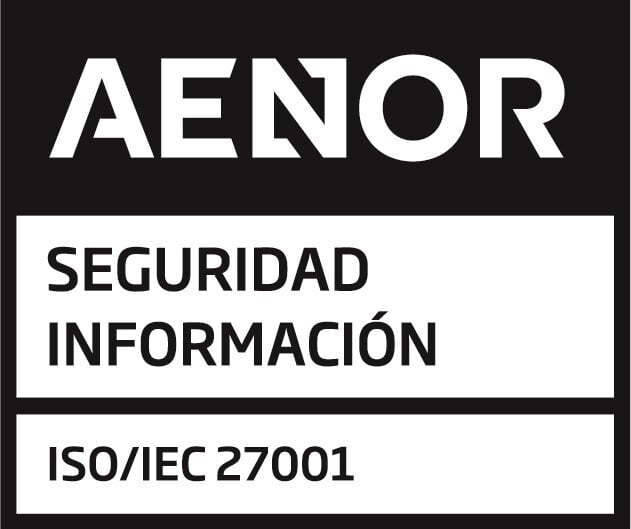Estimates from the International Energy Agency (IEA) indicate that the global renewable electricity capacity will reach 4,800 GW in 2026 and surpass the 2020 capacity by a whopping 60%. Leading in this impressive growth are solar and wind energy technologies.
Renewable energy projects will predictably be a common sight across the globe for some time as the sector seeks to enhance its reliability. Notably and like in any other undertaking, some renewable energy projects run smoothly, while others seem to struggle.
What is the common script that successful project managers follow?
Renewable Energy Project Stages
Whether it is a solar, wind, or any other type of renewable energy project, the development process is usually the same. It all starts with site selection, whereby suitable sites free of significant constraints are identified. Some of the important factors taken into account at this stage are proximity to homes, environmental conservation, site access, and grid connection.
Any potential site will then undergo a feasibility study for a more in-depth investigation. If there are environmental issues to be assessed, the project developer may ask the local authority for information on this matter. All other issues are ironed out before progressing to the next step.
Once a site has been chosen, the project enters the assessment and design stage. Design is preceded by extensive studies covering technical and environmental elements. For instance, the project must understand how renewable energy design could affect the environment. Environmental Impact Assessment (EIA) is common here, especially for sizeable RE projects.
The renewable energy project now enters the planning stage, which is characterized by a request for approval from the local authority. This approval may only be granted after the local authority has conducted its independent consultation on the project’s suitability.
With the approval given, the financing and construction of the project can proceed.
Renewable Energy Project Success
For these stages to be effective, the renewable energy project manager may want to address several crucial elements throughout the construction process.
The Budget
Budgeting is central to every renewable energy project. Given the potential for unplanned issues such as bad weather, there should be some emergency budget just in case new costs arise. The point is, the project owners should be aware that the budget can stretch, so there is a need to have some backup.
Project Planning
The planning stage is equally important for the project, so all the requirements at this stage must be dealt with before the project begins. All the legal and permitting issues must be solved. By the time the project begins, there should be a green light from all parties involved.
Human Resource
Like any other engineering project, the success of a renewable energy project also depends on the quality and management of the workforce. There are various types of workers needed in the project including electrical engineers, mechanical engineers, accountants, and lawyers. The team will also include fabricators and welders. The synchrony and contribution of all these people for project success must be considered in project management.
Supplies
The reliability of the supply chain to a renewable energy project is central to the smooth flow of project activities. Inadequate supply can hamper a project significantly. You may have heard instances where the technicians have been sitting down for hours awaiting the arrival of insulation or any such supply. Working with a dependable supplier is crucial, but so is the management ensuring that the supplies are at the right place at the right time. Ensure that at the start of any project, each of the required materials is available.
Environmental Compliance
Nowadays, every project needs to consider its environmental implications, more so if it is a renewable energy project. Compliance can be anything from ensuring that the local water sources are protected, to guaranteeing the safety of animals. Making a project ecologically sound is a result of concerted efforts between engineers, project managers, local leaders, and others.
Adhering to these project steps thoroughly can be treacherous. Luckily, the project can take advantage of renewable energy software.
The Role of Renewable Energy Management Software
Renewable energy project management is prone to one serious challenge – collecting and analyzing enormous data for superior asset performance. Asset management software helps avail instantly, analyze, and store asset data.
As the project progresses, there will be an increasing need for timely anomaly detection and identification of improvement opportunities. You need multi-level analysis by advanced asset management software for timely interventions so that the project is subjected to as minimal impacts as possible.
Project managers need to have control over the many areas of the project regardless of geographical or time differences. Customization capability in the software helps in having a 360-degree view of what is happening in the project.
Use renewable asset management software to monitor different aspects of the project, setting goals and ensuring they are met with ease. Nothing beats the complexity of monitoring massive renewable energy projects where they are so many variances involved. But when the project manager engages in asset software, the job is extremely easier.
QBI Asset Software
The script to follow and the contribution of the software are clear. If you are wondering about the best product for the task at hand, we have a solution.
The QBI renewable energy asset management software offers numerous features that could take your project to the next level of efficiency. It is the ultimate platform for managing your renewable energy assets throughout their life cycle.
Book a demo today!
